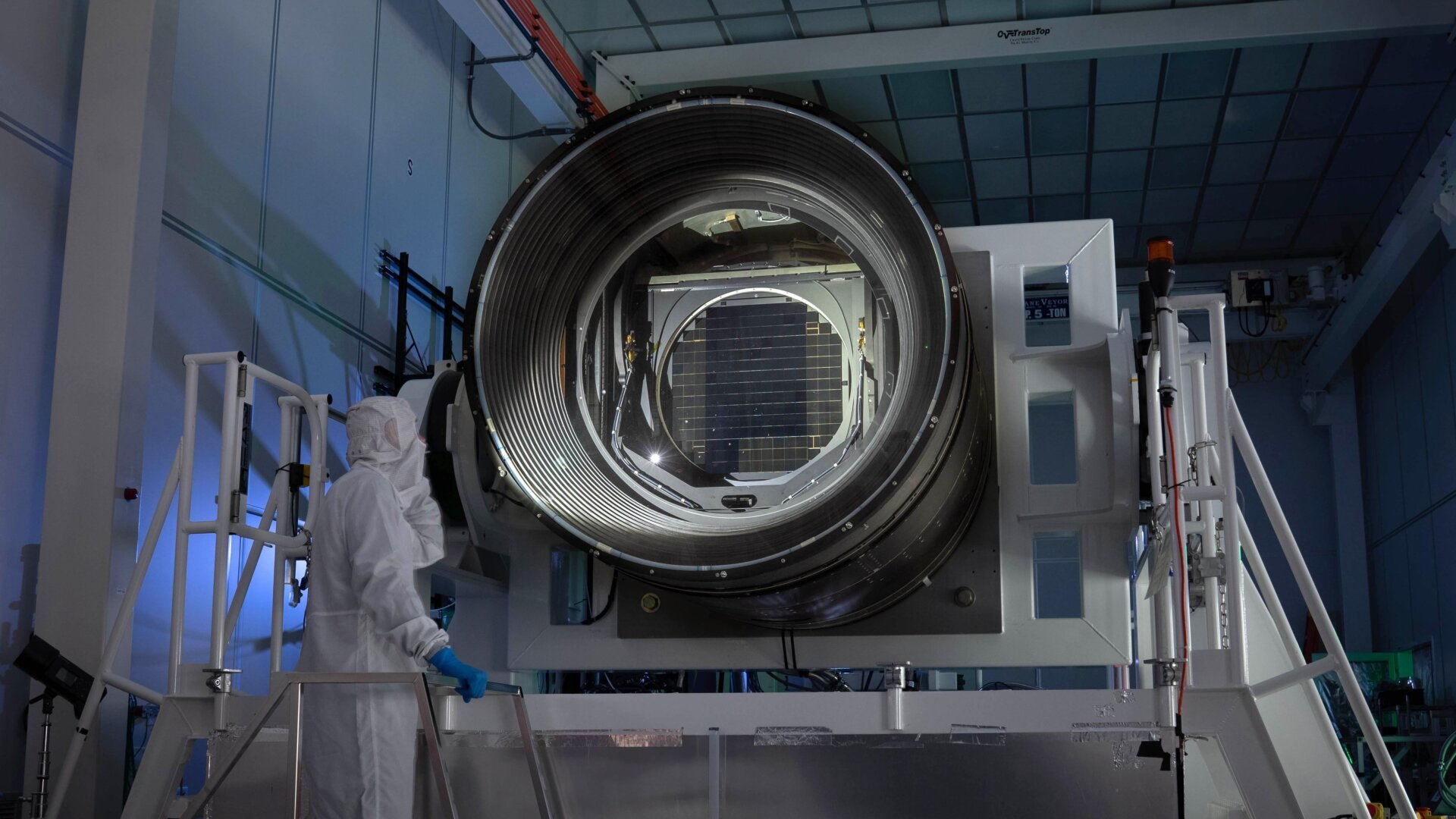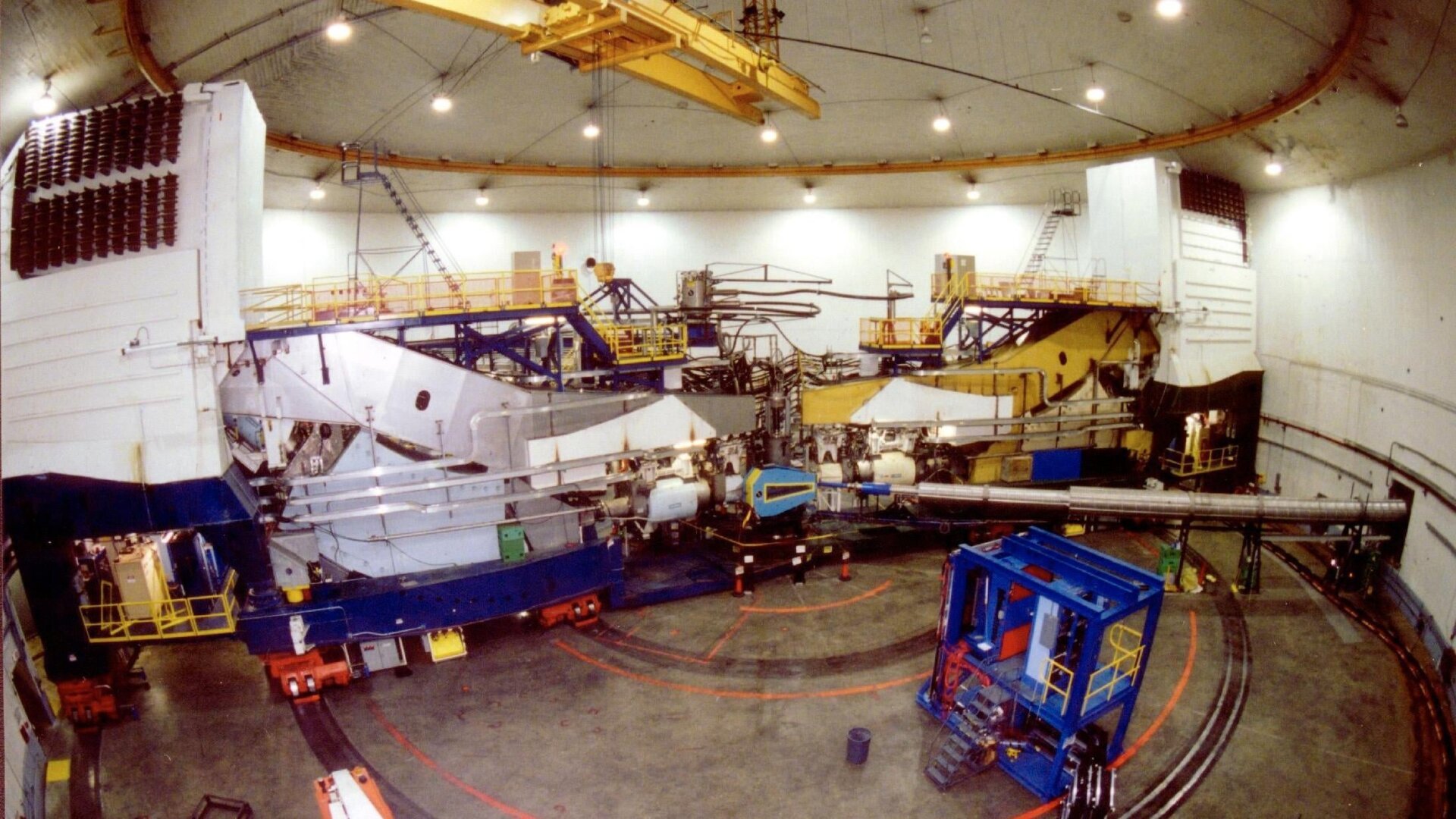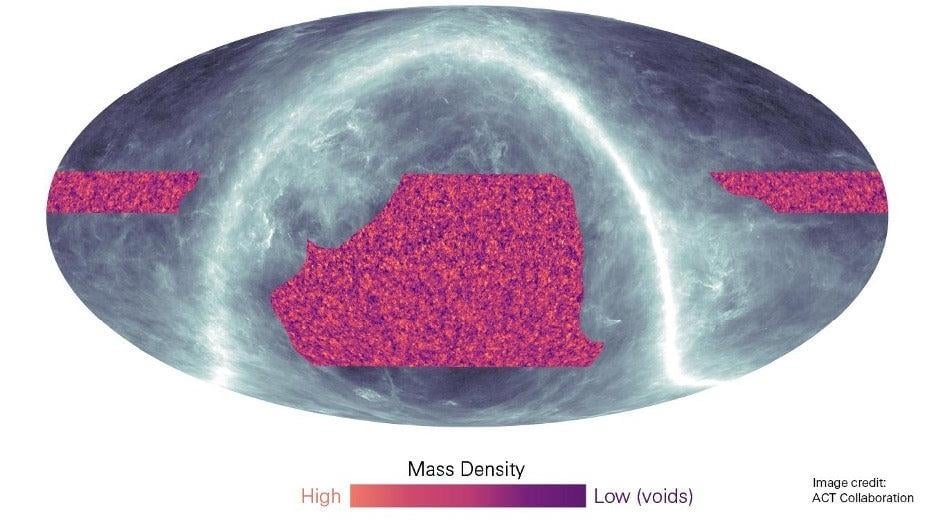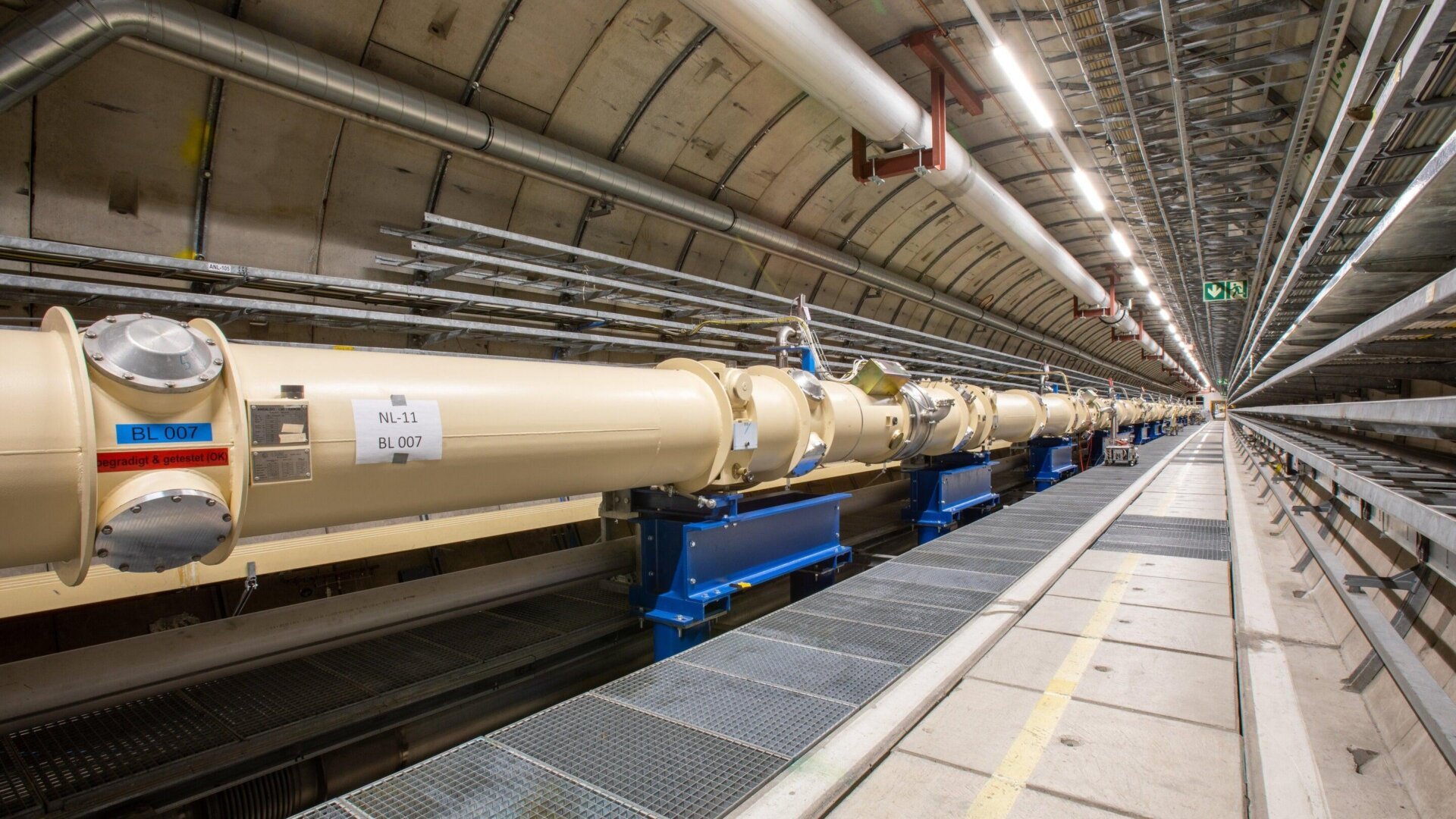Gravity, the force that anchors us to Earth and bends light across the cosmos, is surprisingly weak. Its influence diminishes with decreasing mass, seemingly disappearing entirely at the quantum level. However, physicists in England and Europe have recently achieved a breakthrough, measuring a minute gravitational pull on an incredibly small mass – the smallest ever recorded. This achievement, detailed in a study published in Science Advances, brings us closer to understanding how gravity behaves at the quantum scale.
“Successfully measuring gravitational signals at this minuscule mass signifies a major step towards understanding gravity’s workings,” explained Tim Fuchs, a physicist at the University of Southampton and the study’s lead author. “This technique allows us to progressively scale down the source mass, inching closer to exploring the quantum realm of gravity.”
The disconnect between quantum mechanics and Newtonian gravity remains a significant puzzle in physics. The laws governing our everyday universe falter at the quantum level, where vastly different rules apply. Understanding how gravity operates at this scale – whether through fields, strings, or other mechanisms – could unlock answers to fundamental questions about our universe.
“Unlocking the secrets of quantum gravity could illuminate mysteries like the universe’s origins, the nature of black holes, and potentially unify all forces into a single, comprehensive theory,” added Fuchs.
To achieve this measurement, the team placed a tiny mass of just 0.43 milligrams (about 0.000015 ounces), composed of three magnets and a glass bead, within a cryostat. This specialized chamber, cooled to near absolute zero, minimized environmental noise and the test mass’s movement, crucial for detecting such a faint gravitational force. The mass was levitated within a magnetic trap made of superconducting tantalum.
The magnetic trap, chilled to 4.48 Kelvin (-274° Celsius), and a SQUID (Superconducting QUantum Interference Device), a highly sensitive quantum sensor developed by Ford Motor Company in the 1960s, were employed to measure the gravitational interaction between the test mass and 1-kilogram (2.2-pound) source masses positioned approximately 3 feet away. The resulting measurement revealed a gravitational pull of 30 attonewtons on the test mass.
“Our novel technique, utilizing ultra-low temperatures and vibration isolation, promises a path forward for quantum gravity research,” noted Hendrik Ulbright, a researcher at the University of Southampton and co-author of the study. “Unraveling these mysteries could reveal profound insights into the very fabric of the universe, from its smallest particles to the largest cosmic structures.”
This new understanding of gravity at its extremes has far-reaching implications. It can inform our understanding of black hole interiors, the dynamics of dense objects like neutron stars, and the elusive nature of dark matter, a substance only detectable through its gravitational effects. While studying the interactions of massive celestial objects provides valuable insights, exploring these same phenomena at the micro-scale in laboratories offers a complementary and equally crucial perspective.
The quantum realm remains a strange and largely uncharted territory, particularly concerning gravity. This recent experiment, however, marks a significant advance in our quest to understand this fundamental force beyond the limitations of classical physics.











